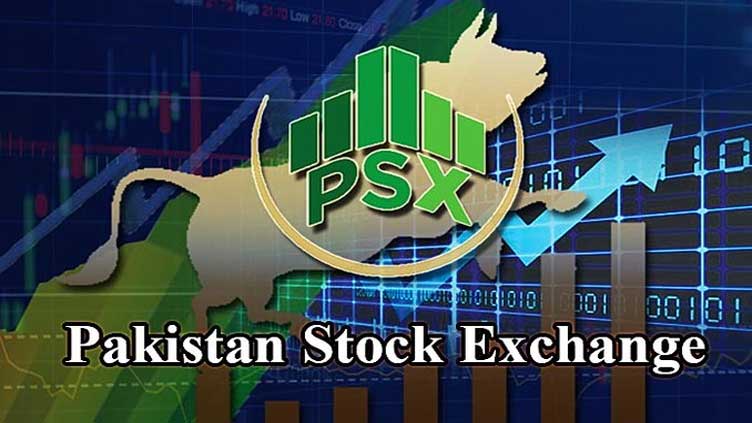PSX Market Plunges Despite Rate Cut to 11%
The PSX's decline was a result of the escalating tensions between Pakistan and India, which overshadowed the central bank's dovish stance, and the market is expected to remain volatile in the coming days, with investors closely watching the developments between the two countries.

The Pakistan Stock Exchange (PSX) started the day on a positive note after the State Bank of Pakistan (SBP) cut its policy rate by 100 basis points to 11%, but later succumbed to selling pressure, closing at 113,568, down 533 points.
The KSE-100 index had risen to 115,093.10, gaining 990.87 points, but the gains were short-lived as investors' concerns over escalating geopolitical tensions between Pakistan and India took center stage. The SBP's decision to cut the policy rate was based on lower-than-anticipated April inflation, which was 0.3% due to falling prices of perishable foods and energy.
Key stocks that provided upward support included PPL, OGDC, PSO, UBL, and SYS, while notable laggards included LUCK, HMB, HUBC, EFERT, and BAHL. The local currency, PKR, depreciated 0.15 against the US dollar, settling at 281.37. The stock volume increased to 420.55 million shares, with Sui South Gas being the volume leader.
Analysts attributed the market's decline to concerns over border tensions with India, which have been escalating in recent days. The tensions have led to a decline in investor confidence, with panicky investors selling their shares. International rating agency Moody's has also warned that sustained India-Pakistan tensions could negatively affect Pakistan's growth and disrupt its access to foreign funding flows.
The volatility in the PSX is likely to continue in the coming days, with investors keeping a close eye on the developments between Pakistan and India. The State Bank's rate cut was expected to boost the market, but it failed to sustain the momentum, and analysts believe that the likelihood of a full-scale war between Pakistan and India remains low, constrained by the nuclear deterrence factor.